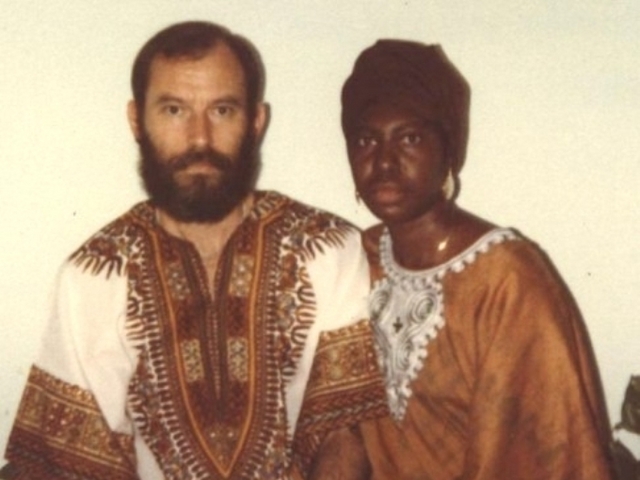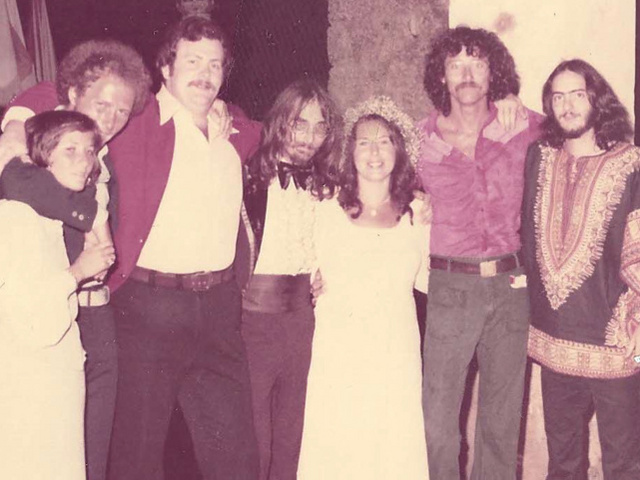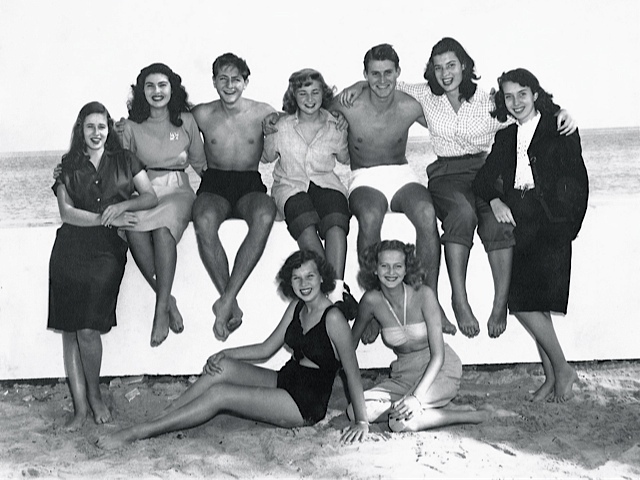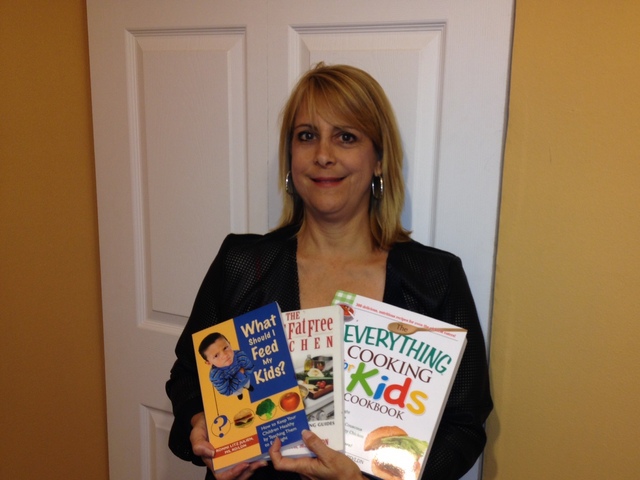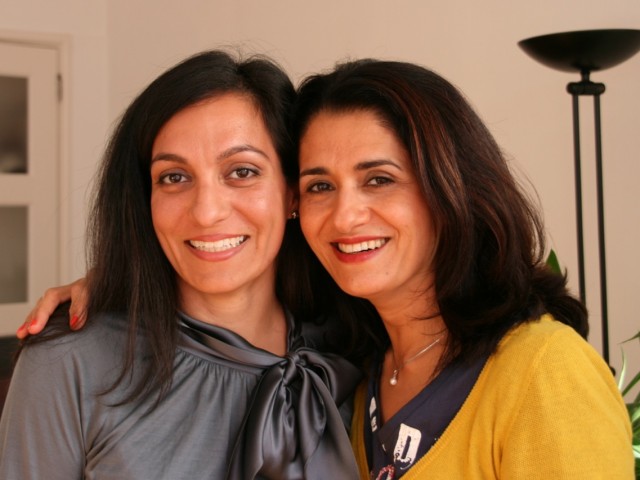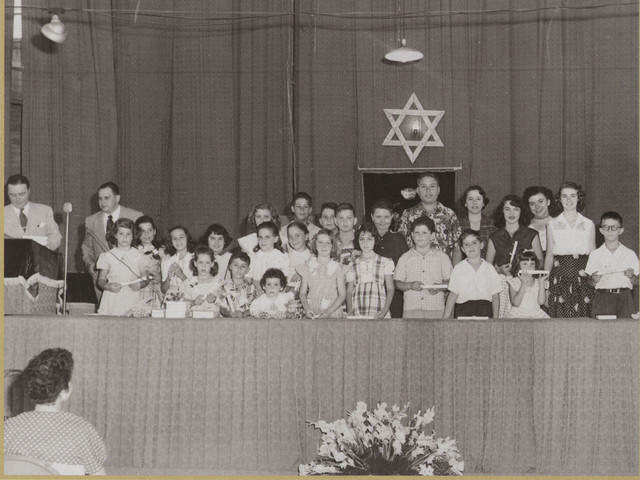Little did we know when Ben and I got married in Havana in 1958 and came to Miami for our honeymoon that this city would be our home for the rest of our lives.
We spent two wonderful weeks in Miami Beach in a hotel named “Sands,” and visited all the tourist attractions, such as Vizcaya, the Seaquarium, Coral Castle, the Boom Boom Room at the Fontainebleau Hotel, Eden Roc, Castaways and so on. Miami was a sleepy town where all restaurants closed before 10 o’clock. However, there was night life on Miami Beach.
We came back to our peaceful lives in Cuba, but on December 31, 1958, the communist government took over.
Every day we were waiting for something to happen that would end that horrible nightmare. We could not comprehend how the American government would allow a communist regime with Russian missiles, 90 miles away.
In 1963, the American Red Cross put together a fleet of several cargo ships to transport the Bay of Pigs prisoners and their families to the United States. At this point, we decided to leave our country. We had to abandon all possessions and leave everything behind. It was heartbreaking. We came in the berths of a ship named American Surveyor, and because we both were fluent in English, we were selected to be the ship’s translators.
We were given one cot for every two people, but I was bringing a 9-month-old baby girl to her parents in Miami, so she got our cot. My parents, Mariano Cordova and Dulce Maria Tascon, and my brother-in-law, Daniel, also came with us in this ship. We brought our dog, Canela, as well. We encountered extremely rough weather and as a result, the trip, which normally would have taken 12 hours, lasted 20. Parents with babies were bringing them in shoe boxes (for lack of cribs). It was really horrific.
We finally arrived at Port Everglades on April 29, 1963, all disheveled and dirty from the ship furnaces. We were transported on buses to the old Opa-locka airport where our relatives and friends were waiting for us. I gave the baby to her parents and never heard from them again. She must be 51 years old by now. I have always wondered what became of her — did she marry, and does she have any children? Has she ever been told how she came from Cuba and who brought her?
Because Ben’s relatives were living in Miami Beach, we started our life there and rented a one-bedroom apartment on Ocean Drive in the “Ocean Front Apartments.” It belonged to two older brothers and a sister who were marvelous with us refugees. They learned to speak Spanish and played dominoes with us. It was like a big family.
I remember the two movie theaters, the Cameo and the Cinema, which showed movies for 25 cents before 6 o’clock, and after that it would go up to 50 cents. We ran like crazy to get to the movies before 6 p.m. We were so far behind in the movie business that any film was brand new to us.
I landed a secretarial job at the Mercantile National Bank at 420 Lincoln Road. My husband was offered a position as a teacher’s aide at Southside Elementary in downtown Miami, where all of the newly arrived Cuban children were studying. He served as an interpreter, teacher’s aide, worked at the school office, and did whatever the principal would ask him to do, such as bringing her coffee and doughnuts from the Royal Castle nearby. This school has been designated a historical landmark in downtown Miami.
We were able then to rent a two-bedroom apartment on Euclid Avenue. My brother-in-law slept on the couch and got a job at a Hialeah factory making plastic hangers. He did not own a car and had to take two buses from Miami Beach to Hialeah to get to his job on time. Later on, he bought himself a 1952 Chevrolet for $250. It felt like a Rolls Royce to him.
Our family outings were to Crandon Park for picnics or to Rickenbacker Causeway to fish. They were simple times, but very happy. We remember the small zoo at Crandon Park with lots of parrots and an old lion.
We became proud American citizens on July 4, 1970 in a swearing ceremony held at the Dade County Auditorium.
One Mother’s Day we all went to Shorty’s in Kendall to celebrate, but my mother fell ill and we took her to Mercy Hospital, where she was diagnosed with stomach cancer. She passed away two weeks later at the ripe age of 54.
We decided to leave Miami Beach and were able to buy our first home in the Coral Gate neighborhood in 1966, where a two-bedroom, one-bath would go for $15,000, with $450 down and $110 per month.
I remember that Ben only had a $10 bill in his pocket and that was what the realtor, Fred G. Smith, accepted as our initial down payment. That night, he came to our home, we gave him a check for the full down payment, signed the contract and he returned the $10 to us. I understand this area was developed in the 1950s for World War II veterans under the G.I.Bill.
My father was living with us, and he shared a bedroom with our son, George. We lived one block off Miracle Mile and our outings were confined to McCrory’s and F.W. Woolworth, and Sundays to the ponies and Burger King. I remember the park on Northwest 22nd Avenue, which belonged to the Police Benevolent Association, where all the neighborhood children went and had a fantastic time. We used to pick green peppers, tomatoes and strawberries at 117th Avenue, where Kendall is now a bustling neighborhood, and brought home bags full of freshly picked vegetables and fruits.
We decided to move to a younger neighborhood full of children and excellent nearby schools, Coral Park Estates, where we have lived for the last 40 years. George attended Coral Park Elementary, then Rockway Middle School, Miami Coral Senior High, Miami-Dade Community College and finally, FIU.
When he married Janet, they decided to buy a home in the same neighborhood so that their children would attend these schools. My granddaughter, Gia, attends Coral Park Elementary and is now in fifth grade. The cycle repeats itself!
My husband passed away three years ago and I still live in the same neighborhood. I have been in Miami for 50 years already, longer than in my own country, and have always considered this our only homeland. Over the years, we have witnessed the transformation from a sleepy town to a beautiful and vibrant city — an experience that I wouldn’t change for all the money in the world.


